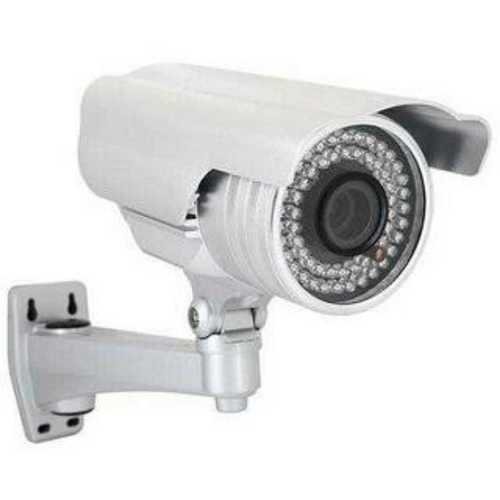Key points:
- India court has ordered installation of CCTVs at every police station.
- Human rights activists welcome Supreme Court’s decision saying it will bring accountability – but cast doubts over its implementation.
New Delhi, India – India’s Supreme Court has ordered the installation of security cameras at all police stations and offices of investigating agencies which conduct interrogations and have the power to arrest, a directive welcomed by rights campaigners.
The top court said its orders were in keeping with constitutionally guaranteed rights under Article 21, which calls to protect the right to life and personal liberty.
“The State and Union Territory Governments should ensure that CCTV cameras are installed in each and every police station functioning in the respective state and/or union territory” the court said in its order on Wednesday.
“These cameras must be installed at entry and exit points of the police station, lock ups, corridors, lobbies, reception area, rooms of the sub-Inspector and Inspector, reception and outside washrooms.”
The court also directed that security cameras be installed at the offices of federal investigating agencies, including the Central Bureau of Investigations (CBI), the Enforcement Directorate (ED) and National Investigation Agency (NIA), which conduct interrogations and have the power of arrest.
“CCTV systems that have to be installed must be equipped with night vision and must necessarily consist of audio as well as video footage,” the court said.
Activists, human rights lawyers and constitutional experts have welcomed the Supreme Court order and said it will bring some transparency and accountability, however some cast doubts about its implementation.
“This is a very welcome directive from the Supreme Court. In terror cases, we know especially that the whole case is built around so-called confessions or disclosures, which are extracted under torture,” said Manisha Sethi, author of Kafkaland: Prejudice, Law and Counterterrorism in India.
“Even if these may have no evidentiary value but the police routinely leak them to pliant media houses who conduct a media trial and pronounce the accused guilty, even before the trial has begun.
“The directive has the potential to put the brakes on custodial torture generally but it remains to be seen whether it will be followed in letter and spirit as the court says or if it will be subverted.”
According to data from the National Crime Records Bureau (NCRB), an Indian government agency, at least 255 people have died in police custody since 2017 but only three police personnel were convicted.
A total of 85 people died in police custody in 2019 for which 23 arrests were made. However, charge sheets were filed against just eight police personnel and none of the cases resulted in a conviction.
“It’s an historic judgement. Some kind of accountability during interrogation is being ensured if the CCTV footage is given to the accused then it will help the accused,” said Vice-Chancellor of Hyderabad’s NALSAR University of Law and constitutional expert Faizan Mustafa.
Neeraj Kumar, the former Commissioner of Delhi Police, said it was going to be a “good step towards transparency”.
The court also directed that the security cameras must be installed with recording systems that will preserve data for 18 months.
“If the recording equipment available in the market today, does not have the capacity to keep the recording for 18 months but for a lesser period of time, it shall be mandatory for all states, union territories and the central government to purchase one which allows storage for the maximum period possible, and, in any case, not below one year.”
When there is information of force being used at police stations resulting in serious injury or deaths, the order says, people should be able to seek redress.
Supreme Court lawyer Vrinda Grover said the judgement was “an implicit acknowledgement of the widespread prevalence of custodial torture in India”.
Describing it as “a welcome step towards preventing and punishing custodial violence, Grover said that “the judgement is directed at only the most egregious forms of custodial violence”.
“In my view, the judgement sets a very high threshold of custodial violence and violations like stripping, sexualised torture, which leave no tell-tale signs on the body but scar and terrify the suspect, and may fall short and not trigger the mechanism proposed by this judgement of accessing CCTV footage for demonstrating the human right violations.”

